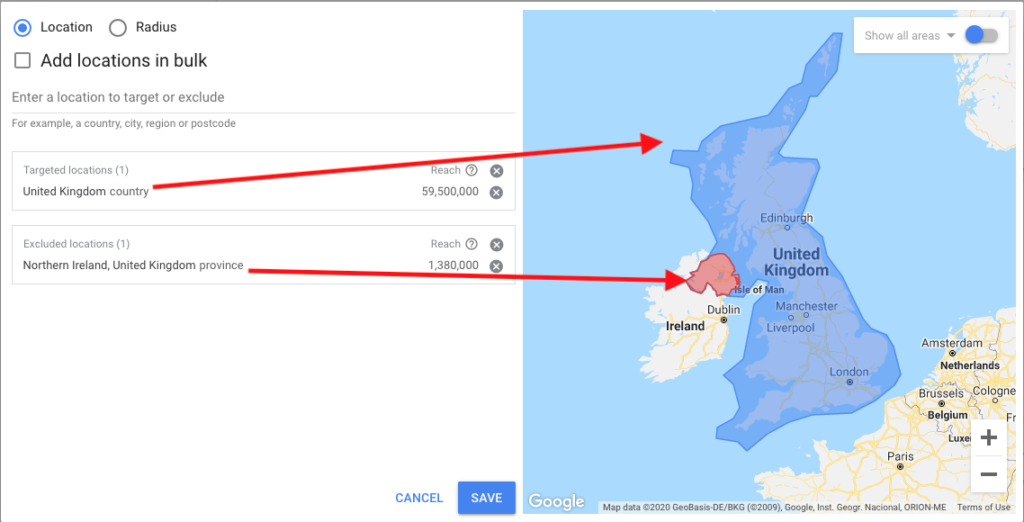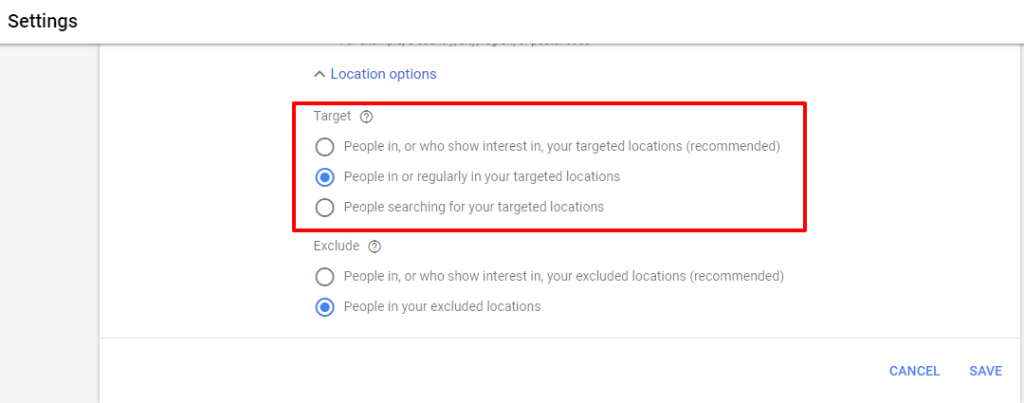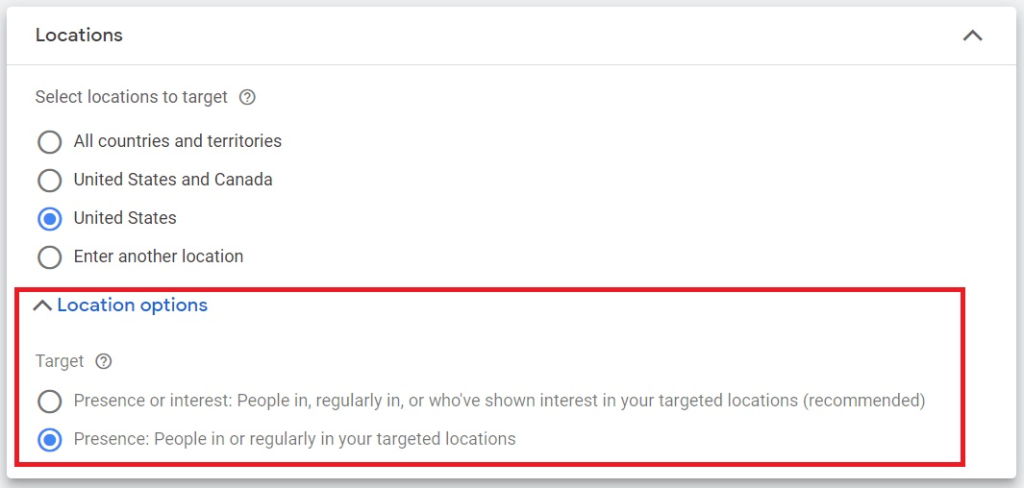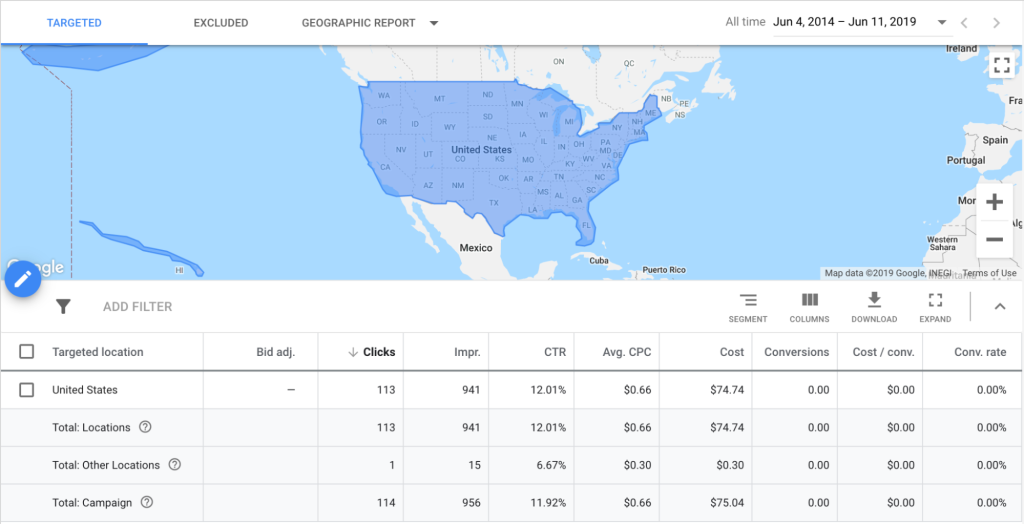Advanced Strategies for Optimizing Google Location Ads: Unlocking Local Ad Performance at Scale

To fully capitalize on the power of Google location ads, today’s marketers must go beyond basic setup and embrace advanced local ad optimization strategies tailored to hyperlocal behaviors and evolving digital touchpoints. One of the most effective techniques is geo-fencing—drawing virtual perimeters around key business zones to ensure ads only trigger when users enter a defined proximity. This is particularly effective for high-footfall retail locations or real-time events.
Mobile-only segmentation further refines targeting by isolating campaigns for users on-the-go, aligning with the fact that over 70% of local searches originate from mobile devices. Equally important is dayparting, which allows businesses to serve ads during peak conversion windows—whether that’s lunchtime for QSR chains or evenings for entertainment venues.
For multi-location businesses, deploying custom landing pages by store not only boosts Quality Score but also provides users with relevant offers, directions, and contact details, increasing conversion intent. Finally, AI and automation tools integrated with Google Ads can dynamically adjust bids, ad copy, and audience segments based on real-time location signals and performance data.
These sophisticated location-based ad strategies are critical for marketers seeking to drive measurable business outcomes at the local level—combining precision targeting with operational scalability.
Measuring Success with Google Location Ads: Key Metrics Every Marketer Must Track
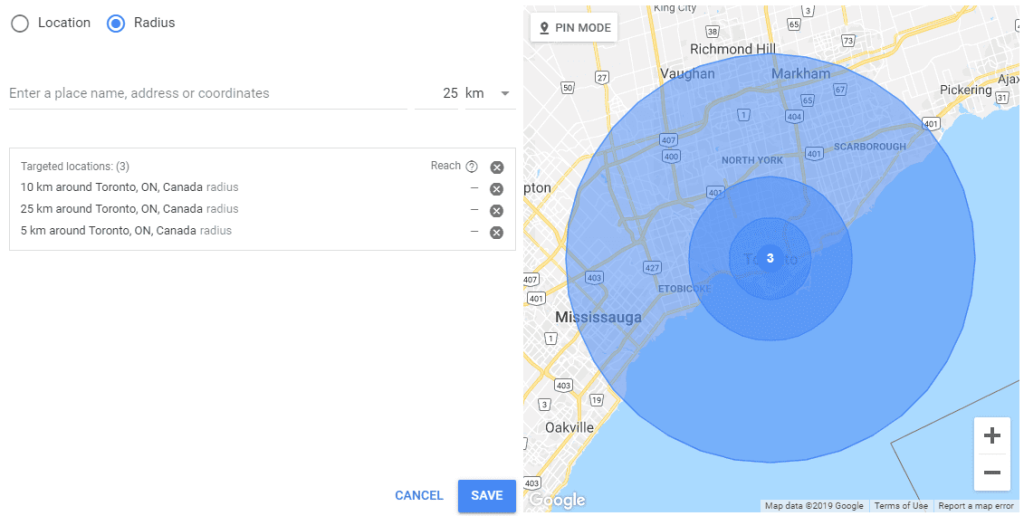
To fully capitalize on the potential of Google location ads, marketers must go beyond campaign setup and focus on performance intelligence. Success in location-based advertising is measured not just by impressions, but by the quality of local engagement and real-world outcomes. Begin with impressions on local searches, a foundational metric that reveals how often your ad is shown to users with clear location intent—typically those searching for products or services “near me.”
Next, assess your click-through rate (CTR) by geography, which helps pinpoint which areas generate the highest interest and engagement. This granular insight is essential for optimizing your bidding strategy by region. More critically, store visits—tracked through Google Ads' offline conversion tracking—offer a tangible view into how online exposure drives in-person traffic. When paired with call actions and direction requests, you begin to see a fuller customer journey from search to store.
Finally, calculate your Return on Ad Spend (ROAS) for each location-based campaign. Using dashboards such as Google Ads Reporting, GA4, or Looker Studio, business owners and marketing leaders can monitor and compare local performance in real time. These insights ensure that your Google location ads not only deliver visibility—but measurable, local business impact.
Common Mistakes to Avoid with Google Location Ads
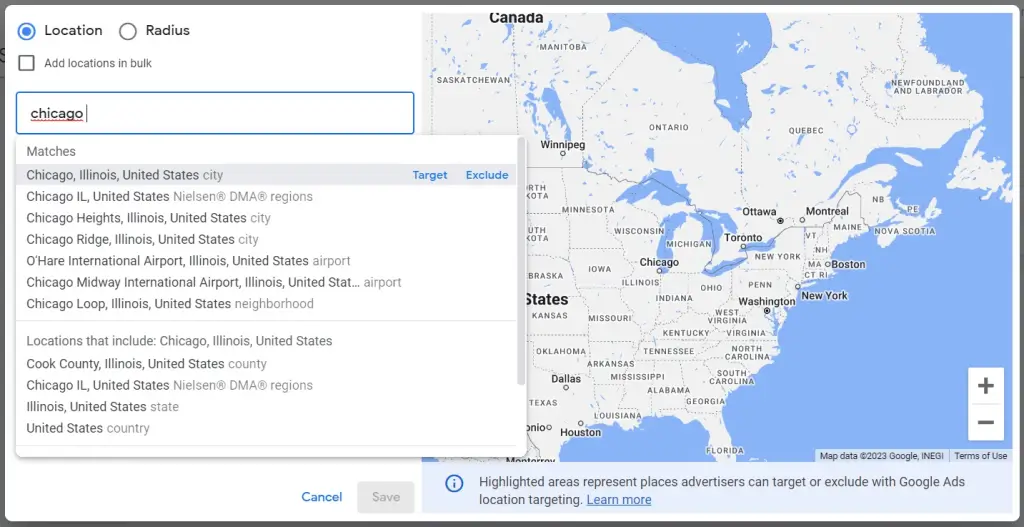
While Google location ads are powerful tools for driving local traffic, many marketers and business leaders unknowingly make critical errors that compromise campaign performance. One of the most common missteps is failing to link a verified Google Business Profile, which not only hinders ad visibility but also prevents your locations from appearing accurately in search and map results. Equally detrimental is either over-targeting—casting too wide a geographic net—or under-targeting, which can limit exposure to high-potential foot traffic. Inconsistent NAP (Name, Address, Phone) information across your digital assets confuses both users and Google's algorithms, damaging your credibility and local ranking. Another frequent oversight is neglecting to monitor and respond to local review scores, which can directly influence consumer trust and click-through behavior. Finally, using generic ad creatives that lack geographic or cultural relevance fails to resonate with local audiences. To truly harness the potential of Google location ads, marketers must approach them with precision, data alignment, and a localized content strategy that reflects the nuances of each service area.
Comparing Google Location Ads with Other Local Advertising Platforms: A Strategic Perspective
In today’s hyper-targeted marketing environment, Google Location Ads stand out for their seamless integration with search intent, mobile behavior, and real-world navigation. However, understanding how they compare with other local ad platforms—such as Facebook Local Awareness Ads, Waze Ads, and Yelp Ads—is essential for marketers and business decision-makers seeking to optimize omnichannel reach.
Google Location Ads excel in capturing high-intent users actively searching for nearby businesses. These ads appear prominently on Google Search and Google Maps, supported by real-time data and location extensions linked to your Google Business Profile. In contrast, Facebook Local Awareness Ads are effective for demographic-driven brand exposure, offering deep audience segmentation but often reaching users passively during content browsing rather than in a purchase-ready mindset.
Waze Ads, powered by GPS data, are highly effective for on-the-go targeting—ideal for businesses like gas stations, QSRs, or retail chains looking to influence driving behavior in real time. Meanwhile, Yelp Ads cater well to service-based businesses and hospitality, leveraging user reviews and high purchase intent within niche verticals like dining and home services.
For brands aiming to dominate local presence, the most strategic approach isn’t choosing one platform over another—it’s orchestrating a cohesive omnichannel local strategy. Combining Google Location Ads with Facebook’s audience precision and Waze’s directional targeting can amplify both reach and ROI, especially when campaigns are geo-synced and message-aligned. In the current digital landscape, location-based advertising isn’t just about being seen—it’s about being found at the right place, right time, and on the right platform.
The Future of Local Advertising: How Google Location Ads Are Shaping What’s Next
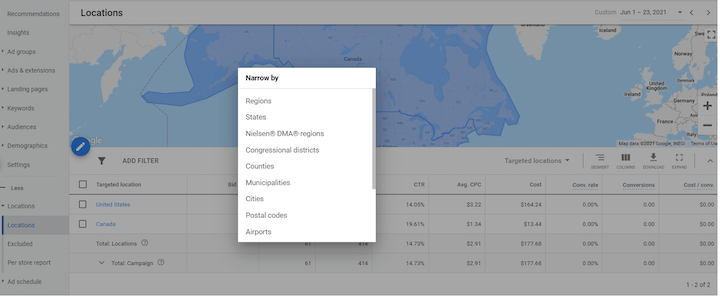
As consumer behavior continues to shift toward mobile-first and voice-activated search, Google location ads are becoming more than just a tool for visibility—they are a strategic necessity in the evolving digital marketing landscape. One of the most significant trends influencing local advertising is the rise of voice search, with phrases like “near me” becoming default behavior for users looking for instant, location-specific results. Google has capitalized on this by optimizing local ad placements across Search, Maps, and Assistant, ensuring that high-intent consumers are met with relevant, geo-targeted messaging in real time.
Looking ahead, artificial intelligence is set to revolutionize how brands personalize local experiences. Through machine learning, Google location ads can dynamically adapt content based on user behavior, time of day, past search history, and proximity—offering a level of targeting precision that was unthinkable just a few years ago. Moreover, we’re beginning to see the integration of Google Ads with augmented reality (AR) and wearable tech, creating immersive, real-world interactions that turn physical foot traffic into measurable marketing ROI.
However, as location-based targeting becomes more powerful, so does the responsibility of ethical use. Privacy regulations such as GDPR and CCPA have raised the bar for data compliance, making it critical for businesses to ensure transparency, consent, and secure handling of user location data. The future of Google location ads isn’t just about smarter targeting—it’s about building trusted, meaningful, and localized brand experiences in a privacy-conscious world.
Conclusion: Rethinking Local Marketing in a Digital-First World
In today’s hyper-connected landscape, where over 80% of consumers use search engines to find nearby businesses, Google location ads have emerged as a non-negotiable tool for growth-driven marketers. This guide has walked you through what Google location ads are, how they work, who they benefit, and the strategies to maximize their impact. The convergence of mobile behavior, intent-driven search, and real-time location data gives brands an unprecedented opportunity to influence customer decisions right when and where it matters most.
For marketing professionals, business owners, and decision-makers aged 22 to 45, now is the time to embrace location-based advertising not just as a tactic, but as a core pillar of your omnichannel strategy. Whether you operate a single storefront or manage a multi-location brand, the ability to appear on Google Maps or local search results can directly translate into measurable revenue and market share.
Start optimizing your local presence today – your next customer could be searching around the corner.

